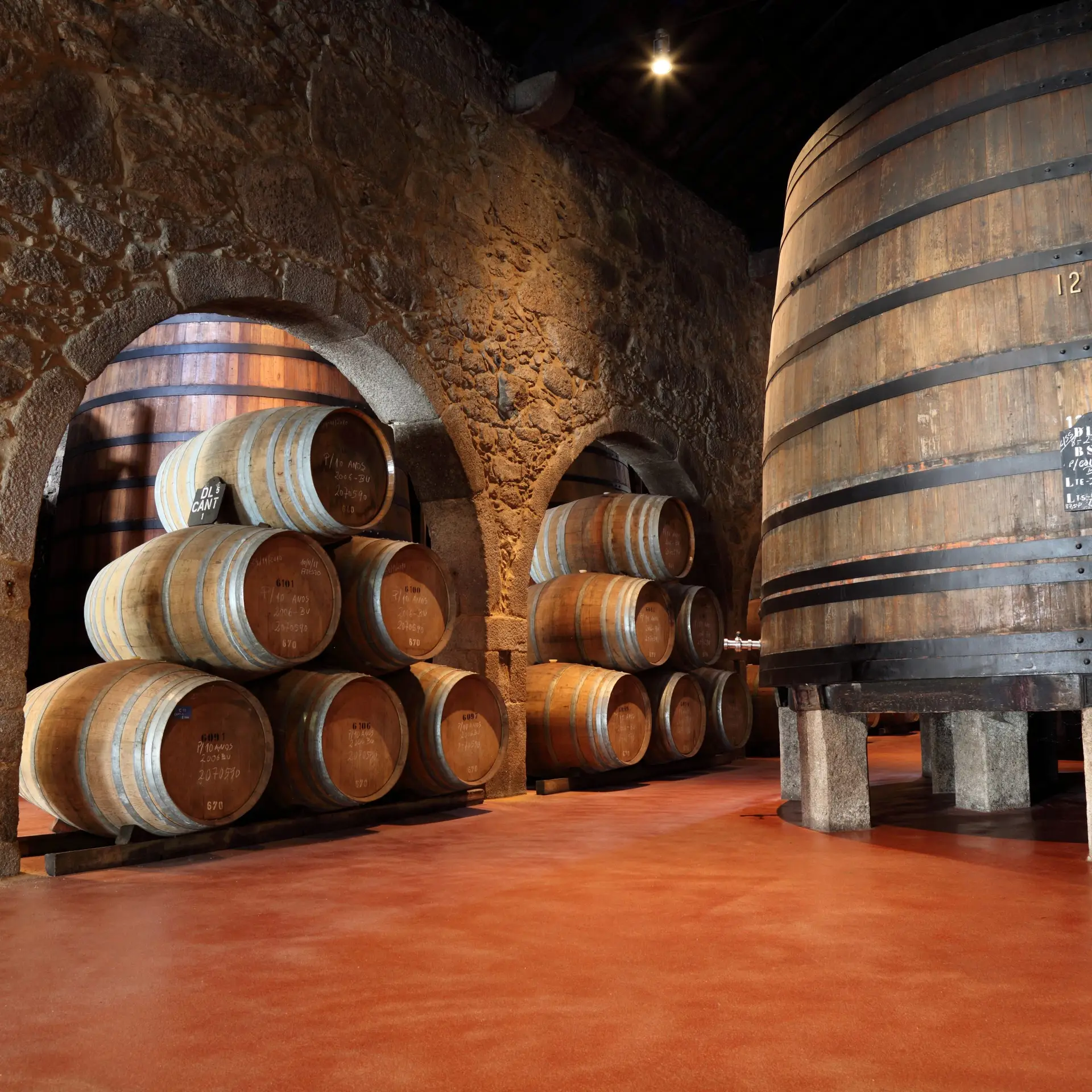Port wine, with its rich, sweet flavor and deep cultural significance, is one of Portugal’s most celebrated exports. This fortified wine, produced exclusively in the Douro Valley, has a history as complex and fascinating as its taste. From its humble beginnings to its rise as a global luxury, the story of port wine is intertwined with the history of Portugal itself. Let’s explore the origins of this iconic beverage and how it became a symbol of Portuguese heritage.
The Birth of Port Wine
The story of port wine begins in the rugged, terraced vineyards of the Douro Valley in northern Portugal. The region’s unique microclimate, with its hot summers and cold winters, along with its schist soil, creates the perfect conditions for growing the grapes used in port production. While wine has been made in the Douro Valley for centuries, the creation of port wine as we know it today is a relatively recent development, dating back to the 17th century.
The Role of British Traders
The rise of port wine is closely tied to the relationship between Portugal and England. In the 17th century, political tensions between England and France led to a decline in the importation of French wine. British merchants turned to Portugal as an alternative source, and the wines of the Douro Valley quickly gained popularity. However, the long journey by sea often caused the wine to spoil. To preserve the wine during transportation, merchants began adding a small amount of brandy to stabilize it. This fortification process not only prevented spoilage but also created a richer, sweeter wine that became known as port.
The Douro Valley’s Appellation System
The Douro Valley holds the distinction of being one of the world’s oldest demarcated wine regions. In 1756, the Portuguese prime minister, the Marquis of Pombal, established the Companhia Geral da Agricultura das Vinhas do Alto Douro to regulate the production and quality of port wine. This marked the creation of the first official wine appellation system, ensuring that only wines produced in the Douro Valley could be labeled as port. This regulation helped protect the region’s winemaking traditions and maintain the high standards of port wine.
The Golden Age of Port
The 18th and 19th centuries were the golden age of port wine. British trading houses, such as Taylor’s, Graham’s, and Sandeman, established themselves in Vila Nova de Gaia, across the Douro River from Porto. These companies built vast cellars to store and age the wine, creating the iconic riverside landscape that remains a symbol of the port wine industry today. Port became a luxury product, enjoyed by aristocrats and royalty across Europe.
The Evolution of Port Styles
Over the centuries, port wine has evolved into several distinct styles, each with its own unique characteristics. The most well-known styles include:
- Ruby Port: A young, fruity port aged in stainless steel or concrete tanks to preserve its vibrant color and flavor.
- Tawny Port: Aged in wooden barrels, tawny port develops a nutty, caramel flavor and a lighter color over time.
- Vintage Port: Made from the best grapes of a single exceptional year, vintage port is aged in bottles and can improve for decades.
- Late Bottled Vintage (LBV): Similar to vintage port but aged longer in barrels, making it ready to drink sooner.
Port Wine Today
Today, port wine remains a symbol of Portuguese culture and craftsmanship. The Douro Valley’s terraced vineyards, many of which are still tended by hand, are a UNESCO World Heritage Site, recognized for their cultural and historical significance. Modern port producers continue to honor traditional methods while embracing innovation, ensuring that port wine remains a beloved and respected beverage worldwide.
The origins of port wine are a testament to the ingenuity, resilience, and passion of the people of the Douro Valley. From its accidental creation to its status as a global luxury, port wine has become an enduring symbol of Portugal’s rich heritage. Whether enjoyed as a dessert wine, a celebratory toast, or a cherished gift, port wine continues to captivate wine lovers around the world. So, the next time you raise a glass of port, take a moment to appreciate the centuries of history and tradition that have gone into every sip. Cheers!


Comment (0)